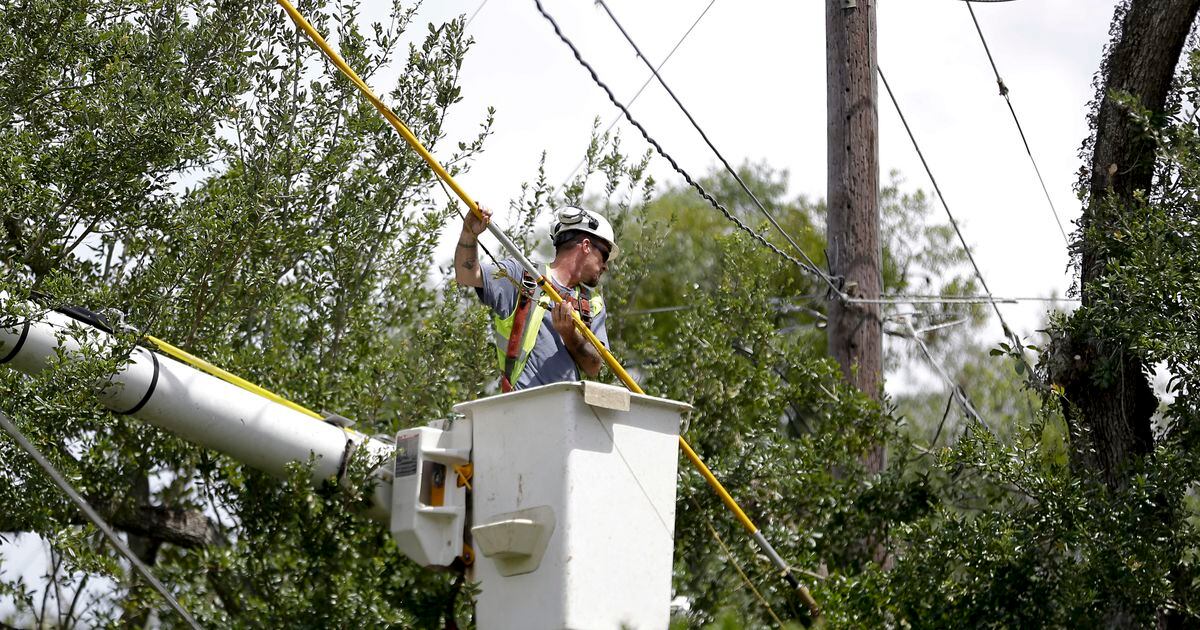
Instead of boarding just outside Moab as planned, we hop on a tour bus to ride an hour north to Cisco, a ghost town in eastern Utah. Rocky Mountaineer management has decided the slowdown would put us off schedule. Record rainfall has led Union Pacific, which owns the track, to request that all trains slow to a speed of 25 miles per hour, cutting the usual speed of the Rocky Mountaineer in half. Record rainfall meant we boarded in Cisco, Utah, instead of Moab © Alexander Howard / Lonely Planet All aboardĪn inaugural voyage is not without its hiccups. From Salt Lake City, we drive to Moab, a haze from wildfires out west lingering over the city skyline and surrounding Wasatch Mountains. Shawn’s here to show me around Moab, Utah – he’s with Southwest Adventure Tours, the company Rocky Mountaineer contracts to manage pre- and post-trip excursions. Known for its luxury services and glass-domed train cars, Rocky Mountaineer has run train routes in British Columbia since 1990. It’s the only US route by Rocky Mountaineer, a Canada-based company that also runs train trips from Vancouver to spots like Whistler, Jasper and Banff in British Columbia. For the next two days, I'll travel over 350 miles through towering canyons, historic towns and desert buttes. I’m in Utah to board the inaugural trip of the Rockies to the Red Rocks train route, traveling from Moab to Denver.

On the train, you can sit back and relax and watch the mountains pass by. “But it’s pretty hectic – busy, winding around curves.” If you’re driving, he says, you have to keep your eyes on the road. “Glenwood is a nice drive,” he continues, referring to the swath of I-70 that snakes through the canyon. “You’ve never seen Glenwood Canyon quite like this.” Over lunch in Salt Lake City, my guide Shawn Horman explains the special treat of riding a train through one of Colorado’s most spectacular scenic drives.


 0 kommentar(er)
0 kommentar(er)
